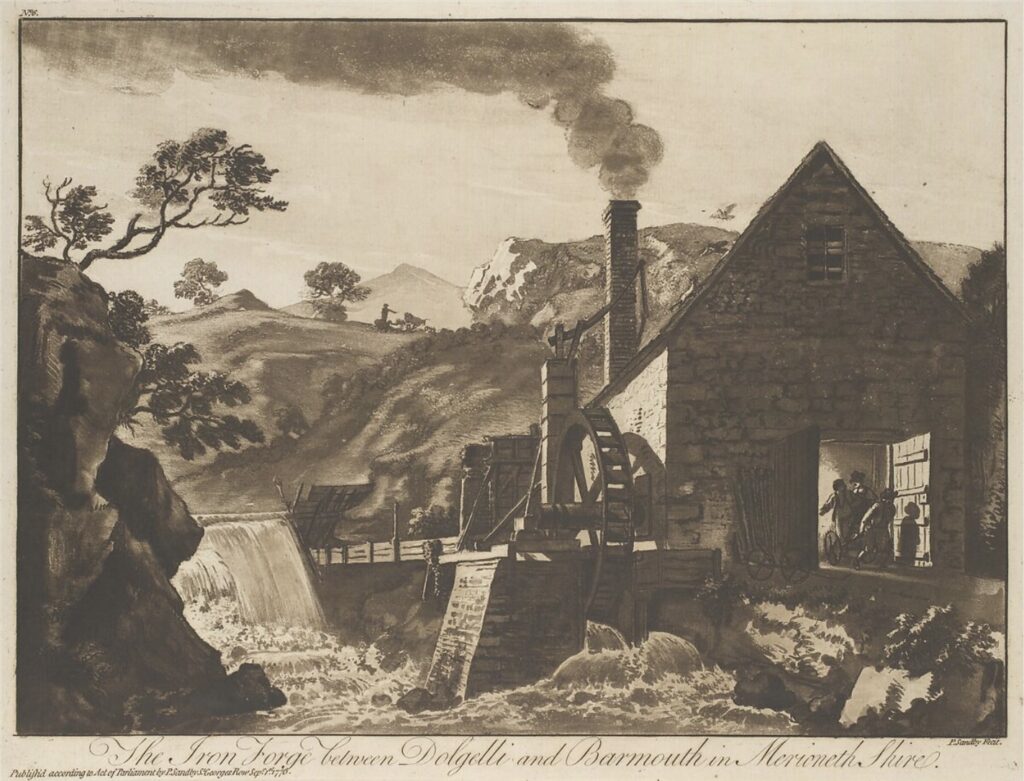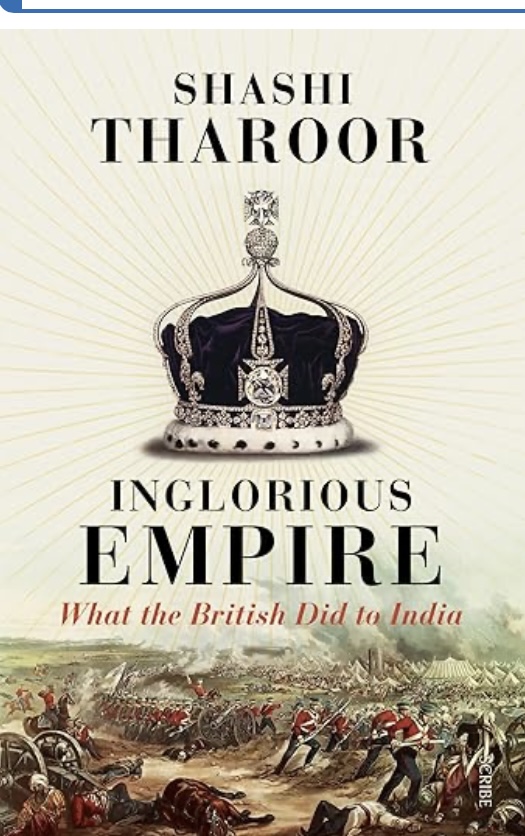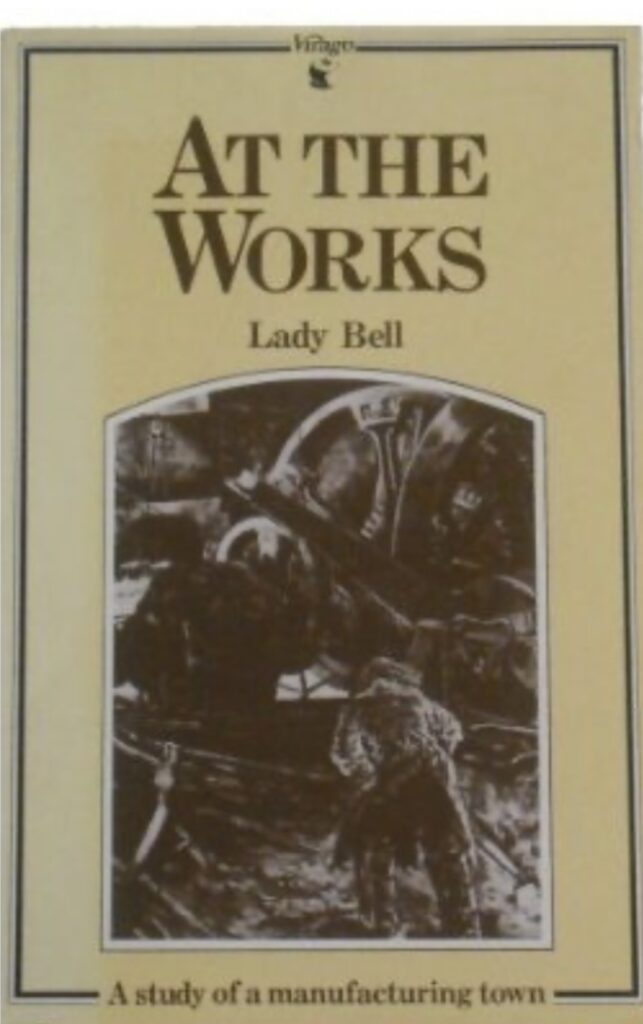As much as I want to jump straight into Gertrude Bell’s life-changing journey to Persia, we need to talk logistics first. Let’s discuss the economics of empire. I’m sure while reading my last post, you thought, ‘It’s crazy how Britain alone had the capability to accumulate and forge such vast supplies of iron and steel into the machines that built the largest empire in history’ (look it up, it’s true). And it must have seemed like the British Empire was launching successive waves of conquest into distant, seemingly disconnected kingdoms—each with its own grandiose past.
But was it really just a series of random conquests? Or was there a deeper economic engine driving Britain’s imperial ambitions? By the way, I hope no one reading this thinks I’m anti-Britain. I’ll be writing plenty about my own country’s checkered legacy. Britain’s journey to the present—and all that still needs to be done to reckon with its colonial past—could fill entire encyclopedias (really, really thick books, for those who don’t know).
Personally, I believe that all former colonial powers—and those who benefited from the products of colonization—are only as good as their ability to recognize the mistakes* of the past. The empire may be gone, but the echoes of its legacy still shape the world we live in. The real question is: who’s actually listening? Are people truly acknowledging the long-term consequences of colonialism or are they ignoring them.
* By “mistakes,” I mean the long era in which colonial powers prioritized their own wealth and influence over the lives of those they governed. But it’s fine (cough)—after all, the people they exploited for labor and stripped of their homeland’s natural resources were just heathens who failed to recognize the dominance of the Christian Church. Or worse—gasp—they were of complexions that weren’t white.
Let’s face it: imperial policies were, at best, racially motivated and, at worst, explicitly racist. In the modern day, it is crucial that we critically analyze historical injustices—even when they complicate our idealized vision of the past. (Spoiler alert: Great-Great-Grandpa was probably racist.)

Iron and Steel.
In 1788 England had 81 coke fired iron furnaces verse 24 charcoal furnaces.[1] For a time, furnaces were powered by water wheels during the warmer months, but analysis later determined that production actually peaked during the winter when coal was used. English iron contained substantial impurities, making it “soft,” so the industry relied on imported iron—sourcing iron from Spain, pig iron from the United States, and high-quality Swedish iron, which was considered integral to the steel-making process.[2] American iron importation into the British empire was eventually prohibited to protect the British iron trade.
Foreign iron imports into Britain dropped at the beginning of the nineteenth century. Then in the mid-nineteenth century the Bessemer process entered into the march of history. The Bessemer process converted iron into steel while reducing the necessity of iron purity. However, the Bessmer process could not remove phosphorus which would remain a shadow on the British steel industry.
For much of the 19th century, Britain was the world’s leading producer of these vital materials. This dominance was largely due to the nation’s abundant natural resources, particularly rich deposits of iron ore and coal. Significant coalfields were located in regions such as South Wales, Scotland’s Central Belt, and Northern England. However, the coalfields in County Durham and Yorkshire were pivotal in fueling the era’s ironworks. Bell Brothers Ironworks was the outcome of the former region. It’s important to recognize that these industrial enterprises like, Bell Brothers, emerged from private ventures within a free-market economy. The free market produced enough resources to fuel the warships and transport armies across the globe without interference hence the British government’s refusal to interfere with the free market no matter the consequences to human beings in far away lands or on its home island.
Not to get too deep into the weeds, but while the British Isles contained deposits of wrought iron, it also had significant sources of pig iron. On its own, pig iron is brittle and largely unusable. However, just after the mid-nineteenth century, the Bessemer process revolutionized metallurgy by transforming carbon-rich pig iron into steel, making large-scale production faster and more cost-effective. (Note: The Bessemer process didn’t invent steel—it revolutionized its production.)
Steel, however, would be nothing without the power to create it. Industrialization was the pre-modern revolution that reshaped the world. It marked the transition from wood-derived charcoal to coal, which in turn fueled steam-driven furnaces—pushing energy production to unprecedented heights.

Now, I know what you’re asking: What advancement ignited this process—the journey toward steel and the largest empire the world has ever known? The answer? Sheep.(Note to my cattle-loving Americans and Australians: Sheep were a big deal.)
For centuries, England exported raw wool to the continent to be woven into cloth, only to import it back for domestic use. Then came John Kay’s flying shuttle (1733) and James Hargreaves’ Spinning Jenny (1764)—simple yet revolutionary inventions that transformed yarn production. As subsequent innovations refined the process, powered factories emerged, bringing with them an industrial workforce of low-status laborers ready to fuel the revolution.
When textile mills transitioned from waterpower to steam power, it not only inflamed production but also ignited the coal mining boom, altogether reshaping the very fabric of English society.[3] Workers left their ancestral homes, not drawn by opportunity, but compelled by the relentless march of progress. Their new homes? Wherever the coal was. The population of Middlesbrough in North Yorkshire, the site of a former Benedictine priory, held of population of 5,200 in the years prior to the discovery of nearby iron ore. By 1877 the city’s population had grown 650%, and by 1901 Middlesbrough would grow 1650% from its pre-ore numbers.[4]
At the Works
Gertrude’s stepmother Lady Florence Bell, whom I will henceforth reference as Dame Bell through the course of the series, took a considerable interest in the industry she married into. Her book At the Works: A study of a manufacturing town has retained its relevance for the last century and remains in print. Per Dame Bell’s analysis, the average inhabitant of the empire’s mining towns made their living in the same town of their birth. Of the latter, just over eighty percent were employed within the mining infrastructure while a significant portion of the remaining included children of those employed.[5] Dame Bell observed that workers in the town were prone to rheumatism, asthma, pneumonia, blood poisoning from infected burns, tuberculosis, and eye problems caused by dust. Employees suffering from tuberculosis would be sent away for treatment only to return to further exasperate their condition in the unhealthy
Wootz Steel
Finally, for those wondering—why didn’t India have an iron industry? After all, India has an ancient mining heritage. Have you ever heard of Wootz steel, also known as crucible steel? Wootz steel was one of the purest and most advanced forms of steel in the ancient world. Yet those entrusted with balancing the British economy had no interest in competing with the subcontinent’s superior metallurgy. Instead, heavy tariffs were placed on all iron and steel leaving India, while British iron and steel flowed into India tariff-free. This is a drastically abbreviated version of events, but British economic policy is widely recognized as a key factor in the extinction of the craft. Interestingly, Damascus steel—famous for its legendary blades—also faded away around the same time. One theory (among many) suggests that Damascus steel was made using Wootz steel, meaning its disappearance may have been linked to the decline of Indian steel production.
In conclusion, the Bell family fortune—the very wealth that secured the baronet appointments of both Gertrude’s grandfather and father—was built on the success of empire. A success that elevated the few while crushing the many. To maintain its forward momentum, the empire demanded constant expansion and sustainment. Thanks to the privileges afforded by her family’s wealth, Gertrude was free to step beyond the safe confines of that privilege—all for the sake of history and her enduring love for the empire that made it possible.
My next blog that will focus on Gertrude Bell’s time in Persia was uploaded concurrently with this one. See the link below for more.
Highlighted further readings:
Coulthard, Sally. Short History of the World According to Sheep. London: Head of Zeus, 2020.
· Short, but packed with information
Tharoor, Shashi. Inglorious empire: What the British did to India. Minneapolis, Minn: Scribe Publications, 2019.



Endnotes
[1] Alan Birch. “The Economic History of the British Iron and Steel Industry 1784-1879.” Order No. 27529371, The University of Manchester. 13.
[2] Birch. “The Economic History of the British Iron and Steel Industry 1784-1879.” 16 &17.
[3] Coulthard, Sally. Short History of the World According to Sheep. London: Head of Zeus, 2020. 145.
[4] Florence Bell. At the Works: A study of a manufacturing town. London: Edward Arnold, 1907. https://archive.org/details/atworksstudyofma00bellrich/page/n7/mode/2up. 11.
[5] Bell. At the Works: A study of a manufacturing town.